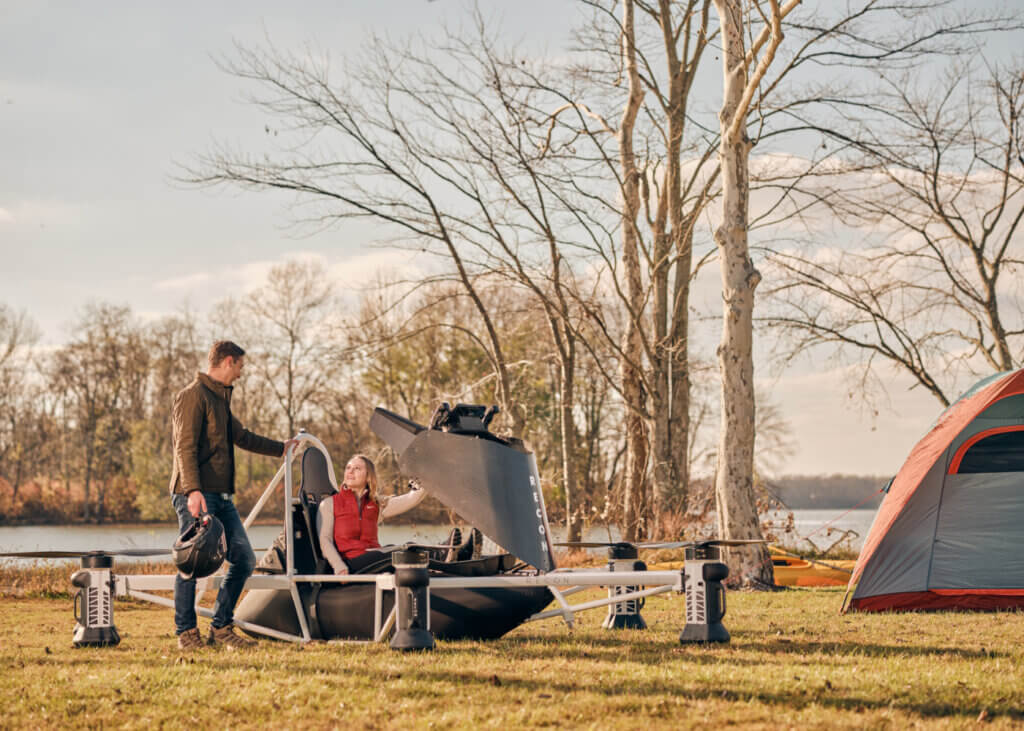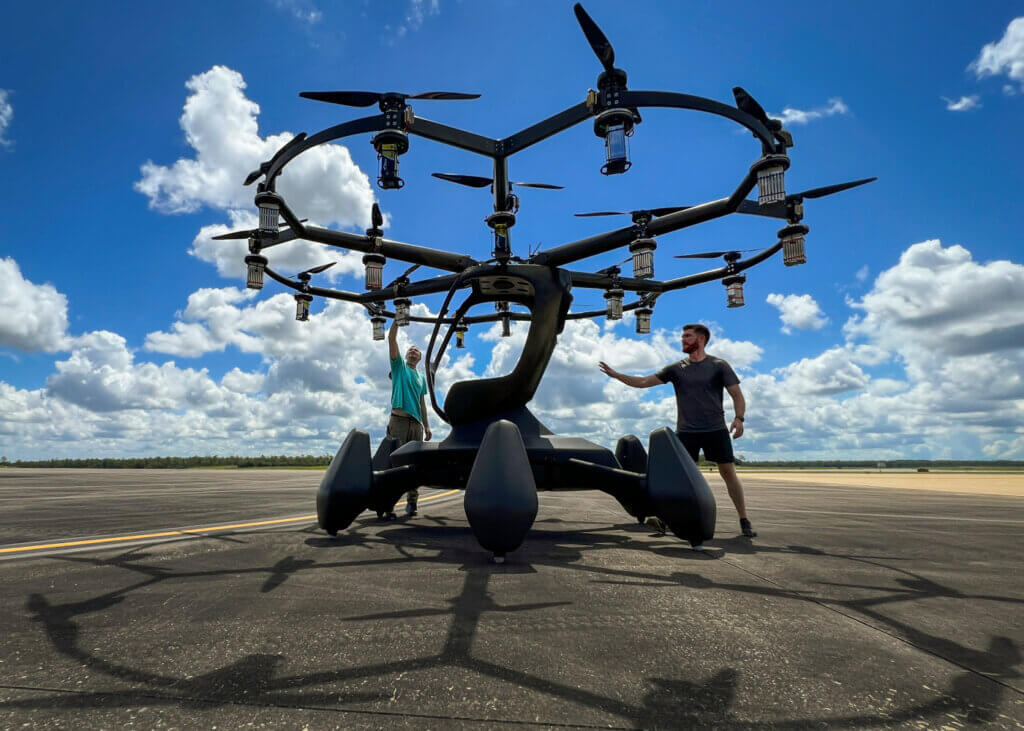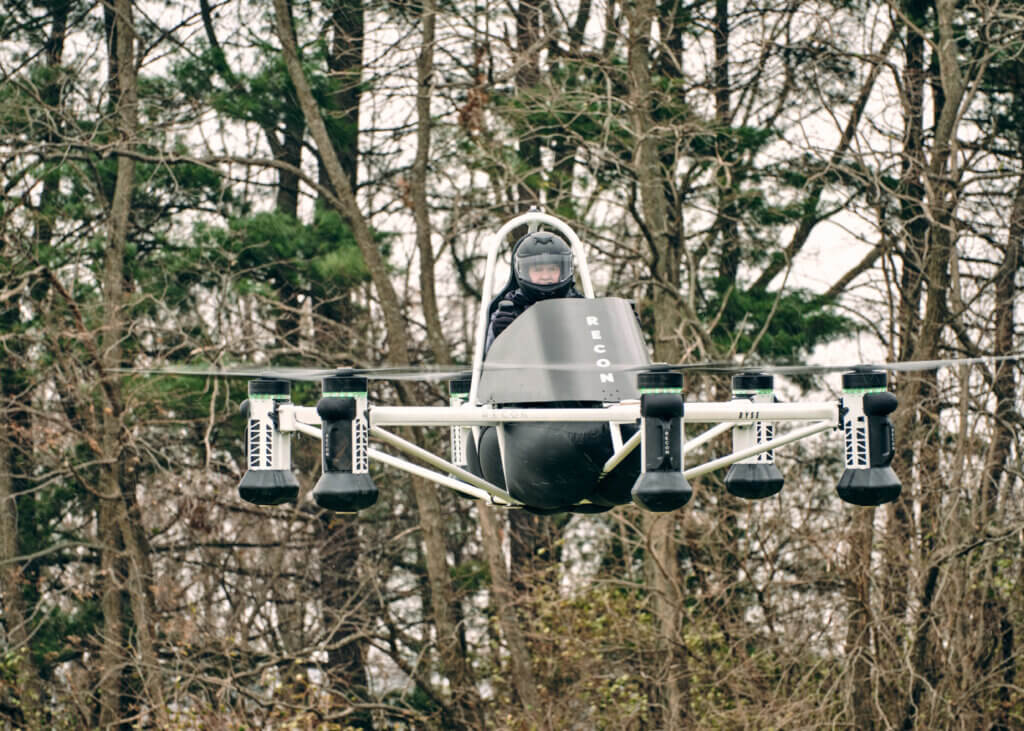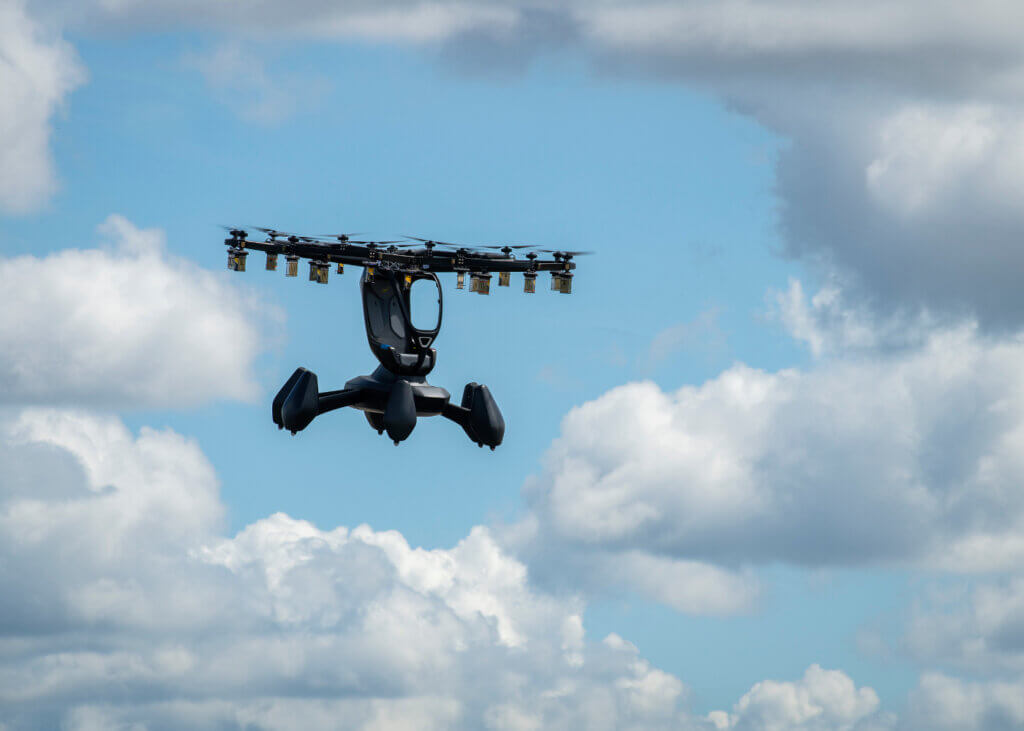As the famous saying goes, you only get one chance to make a first impression.
By the end of 2023, ultralight eVTOLs like the Lift Hexa and Ryse Recon will be in the air, and with that, eVTOLs will be introduced in the U.S. for the first time in history. This first impression will resonate for years to come and hopefully, only in positive ways.

“Beyond military use and first responder applications, we plan to make Hexa available around the country for people to experience eVTOLs for themselves, starting this year. We also plan to set up permanent flight locations,” said Kevin Rustagi, a spokesperson and director of business development at Lift. “We’ve already presold 4,000 tickets [$249 each] for a series of short flights along with VR simulator training. Having flown Hexa, I can say that it’s incredibly fun.”
Lift’s customers will go through a three-part simulator training and then three actual flights with a dedicated instructor in constant communication. The first flight, for example, encompasses auto-takeoff, climbing vertically to about 15 feet (five meters) and then landing using auto-land.
“The more people become familiar with eVTOL aircraft, the more open they’ll be,” Rustagi said. “People saw Anderson Cooper fly a Hexa on 60 Minutes, but it will be different for people to see it in person and fly one themselves.”
“We’re all about making eVTOL flight accessible to everyone,” added Balazs Kerulo, chief engineer and lead designer at Lift. “The earlier ultralight companies like Lift start flying, the earlier we can garner public acceptance for the industry as a whole. ‘Flying cars’ have been discussed since cars first arrived, so it’s not a new concept. What’s new is that ‘flying cars’ are real.”

Anticipating perception
Most in the eVTOL industry already realize that this will be the introduction of eVTOLs to the U.S. market — watching others fly small one-person ultralight eVTOLs and/or actually flying one — and that it’s going to happen very soon.
As mentioned, from the overall public perception of the eVTOL industry, there’s a lot riding on the launch of ultralight eVTOLs. This includes perceptions of safety, of course, but also noise and more.
One question is whether the public will see these small aircraft flying around and view eVTOLs in general as financially unattainable.
“There may be a perception among some that they could only be for the rich,” said Erik Stephansen, vice president of regulatory affairs and aerodynamics at Ryse. “But we are going to launch with a price that’s about one-tenth of a helicopter, which makes it possible for many more people to own one.”
This is still not affordable for the everyday person, of course, but that’s always been the case with ultralight aircraft.
“We will be selling to private owners and are making test flights available to potential customers,” Stephansen said. “There will be those who want solely the adventure of private flight, but we already have many customers who have preordered who own farmland and ranchland. An ultralight eVTOL allows you to go as the crow flies, and do tasks very efficiently. We have more demand than we can fill through to the end of 2024 already.”
He added that “ultralight eVTOLs are a great place to start eVTOL flight. They will allow the industry to crawl, walk and then run. Being at shows like CES in Las Vegas — we were the first to fly there — has also helped with familiarization of the public. We will continue to be at events this year.”

Emergency use
Perceptions that eVTOLs are only for the rich and have no benefit to society may be negated by the plans of ultralight eVTOL firms like Lift to introduce emergency response uses right away. This may help the public understand the even broader range of uses that will come when larger type-certified (TC) eVTOLs are introduced in the U.S. — several months later in 2025.
“For emergency response, there are a variety of eVTOL use cases for ultralights and TC aircraft alike,” Kerulo said. “A paramedic could fly Hexa to the scene of an emergency, quickly and above traffic, to stabilize a patient. From there, they could send the patient back to the hospital in Hexa, flown remotely. Water rescue, manned/unmanned teaming, search-and-rescue — there are literally hundreds of use cases.”
Many companies introducing TC eVTOLs are preparing use case demonstrations and other public awareness activities for their larger aircraft that will coincide with — or will follow — the launch of ultralight eVTOLs.
For example, the two-seat VoloCity from Volocopter, now in the process of obtaining European Union Aviation Safety Agency (EASA) certification, will be taking center stage at the 2024 Olympics in Paris. In EASA’s study on the social acceptance of urban air mobility in Europe, the agency identified Paris as the most promising city for airport shuttle and sightseeing use of eVTOL aircraft.

Regulatory change?
No eVTOL company, whether ultralight or TC, wants an accident.
From Lift’s perspective, Kerulo noted that “the fear is that a flight incident would set the industry back, and so it’s paramount that we all remain safety-focused.”
Rustagi added, “We’re rooting for our competitors. The market is immense. We want the pioneers to do well, to survive and thrive, to lay the foundations for the industry.”
Stephansen had similar thoughts. “We are all in this together,” he said, adding that electric propulsion provides extra redundancies.
Operationally, there are also safety features in eVTOLs such as auto-land and auto-takeoff. And in the Recon, for example, if you let go of the controls, it just hovers.
“There are so many safety features,” Stephensen said. “Having said that, I do think true and full acceptance of the safety of eVTOLs will come later, from the operation of the larger eVTOLs as they’ll be flying over cities.”

But to perhaps add extra assurance that there are no accidents with the first wave of eVTOLs to fly — that is, the ultralights — should a set of minimum safety features be mandated in ultralight design under the U.S. ultralight regulations (Part 103)? And should restrictions in this regulation pertaining to where people can fly an ultralight and at what speed and altitude be updated with the arrival (and expected large volume) of ultralight eVTOLs?
Tom Charpentier, government relations director at the Experimental Aircraft Association (EAA), described 103 as “a very unique and limiting rule.”
“To the question that’s been asked over the years of whether it should be changed, our answer is always no,” he said. “It will lose its regulatory uniqueness and changing it would risk losing the operational freedom that Part 103 allows. The FAA [Federal Aviation Administration] will find a way to regulate ultralight eVTOL use to a level it feels protects public safety.”
Rob Hackman, EAA vice president of government affairs, noted that developing standards and regulations for eVTOL aircraft and operations is taking some time, but the FAA and industry need to get it right.
“The FAA gets criticized for moving slowly, but operating in the national airspace system, a system already utilized by many different aircraft and pilots, is a very complex issue,” he said. “Just like operating on roads and highways, when piloting an aircraft, everyone needs a thorough understanding of the operating rules and how to operate safely, no matter what type of machine they are piloting.”

For his part, Stephansen describes Part 103 as “very solid but also left open for interpretation.”
“It has allowed for thousands of different ultralights to come to market and be flown safely since the regulation was created in the 1980s,” he explained. “Partly because of the regulatory openness, thus, allowing for new safety innovations, ultralight is a very safe aircraft category. Part 103 ensures safety, limits risks, and supports personal flying freedoms. I think it strikes a really good balance between these. When you think about it, it’s quite amazing that a framework from the 80s is still applicable today. It’s got a proven track record.”
Hackman adds that the EAA and others also have a strong history of spending a lot of time educating ultralight aircraft operators about the laws on how and where they can operate, as well as the importance of “fly friendly” practices and respect for the non-flying public.
“Hopefully, this philosophy will continue with ultralight eVTOL use,” he said. “This will be an important part of public acceptance, along with safety.”





